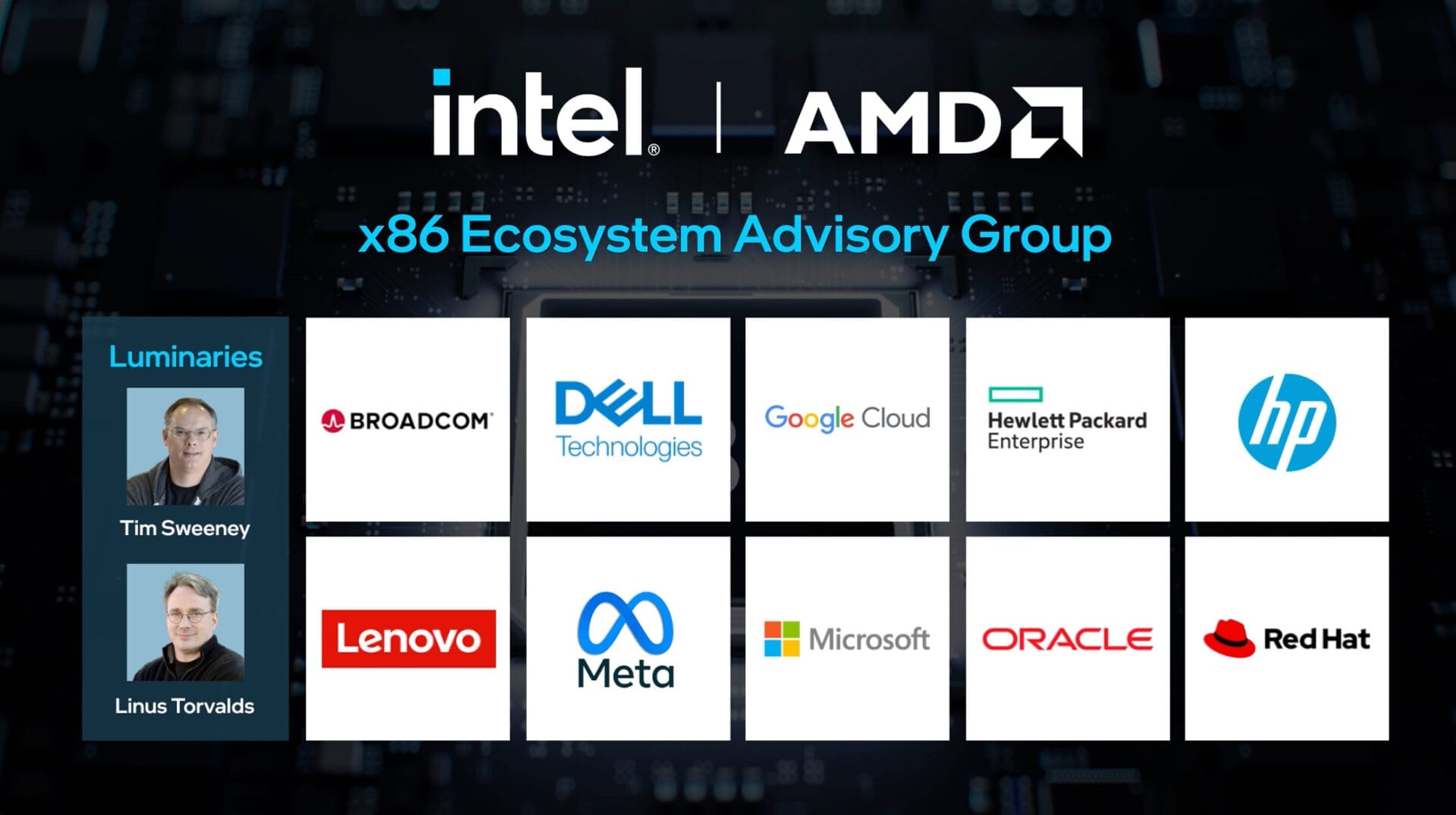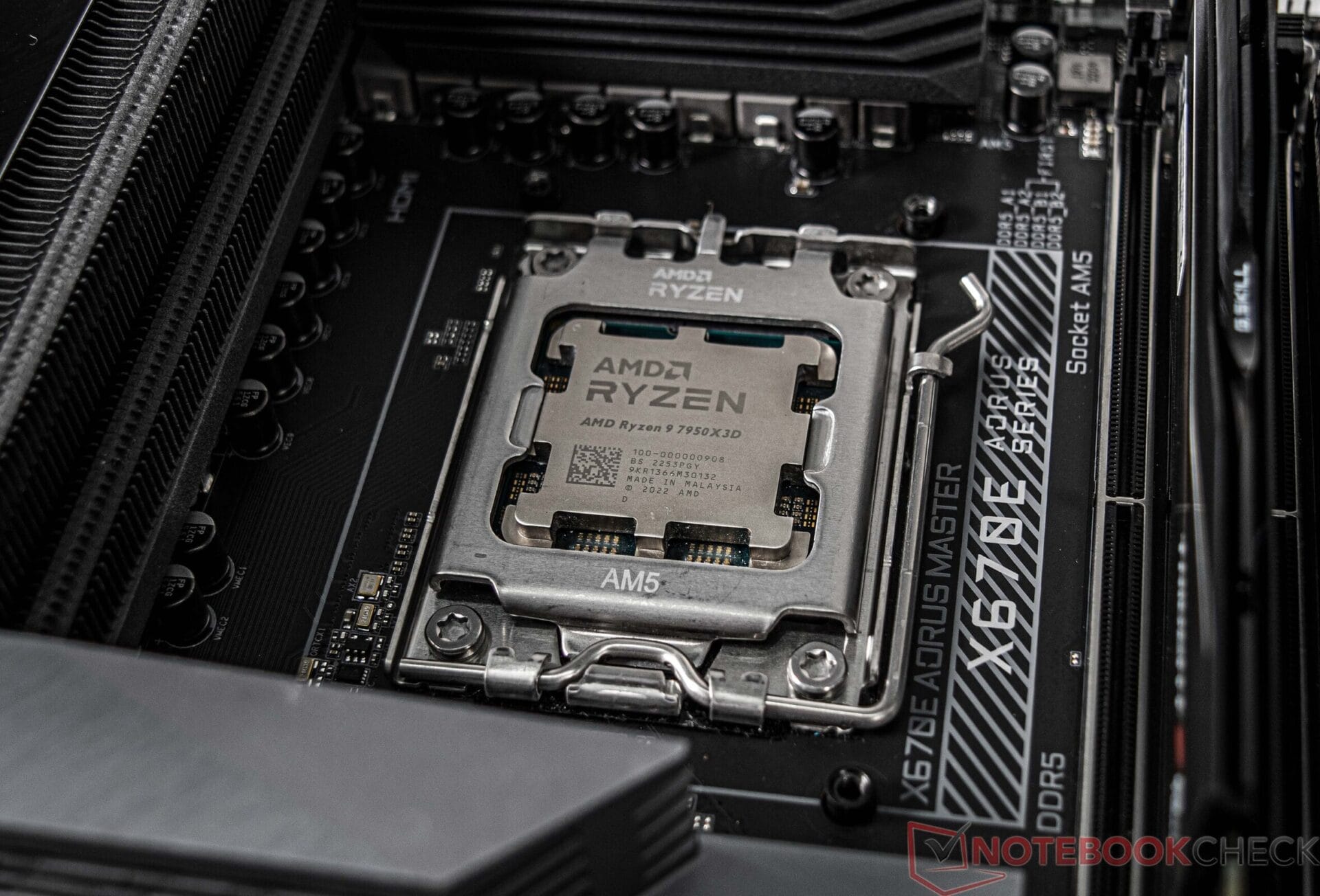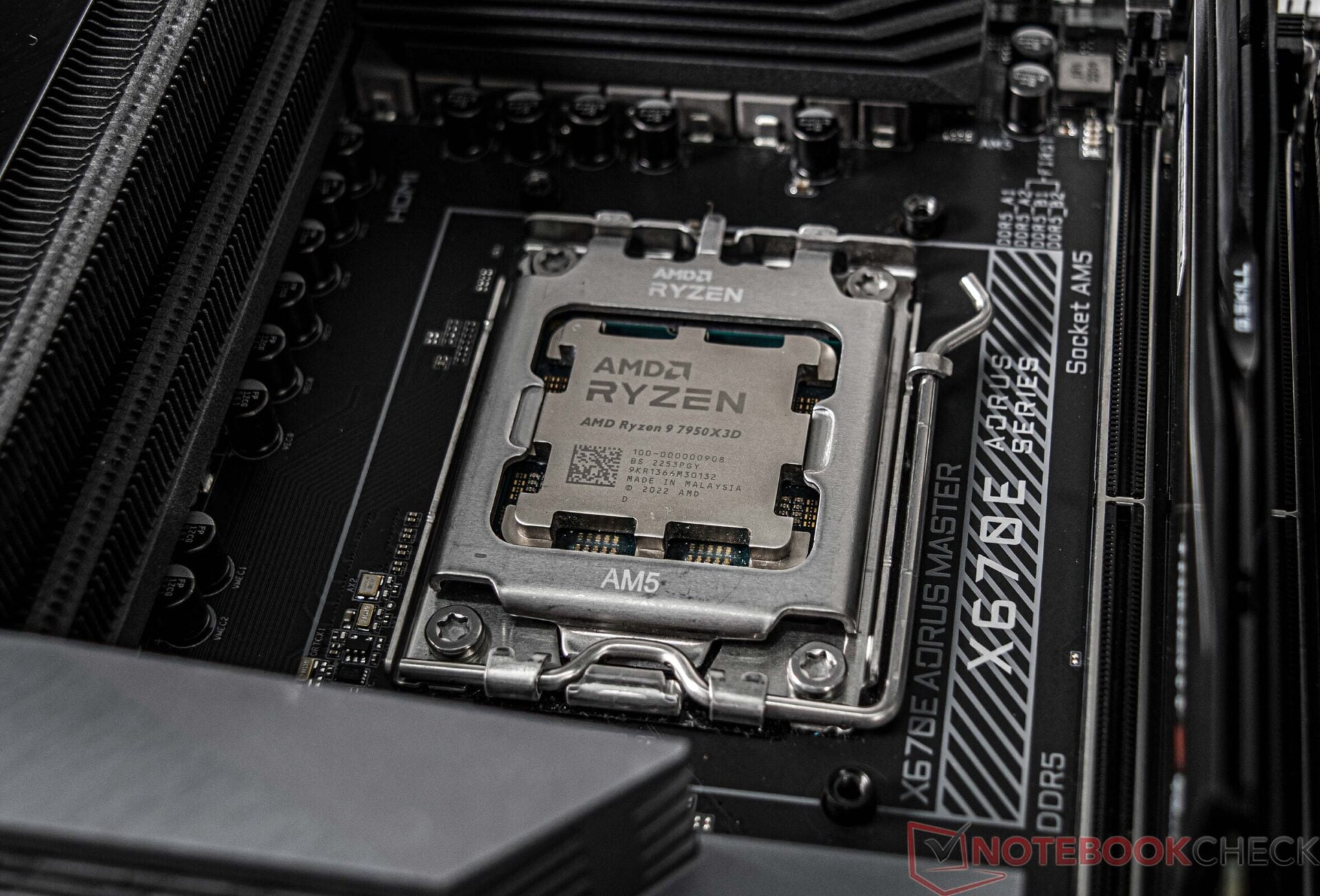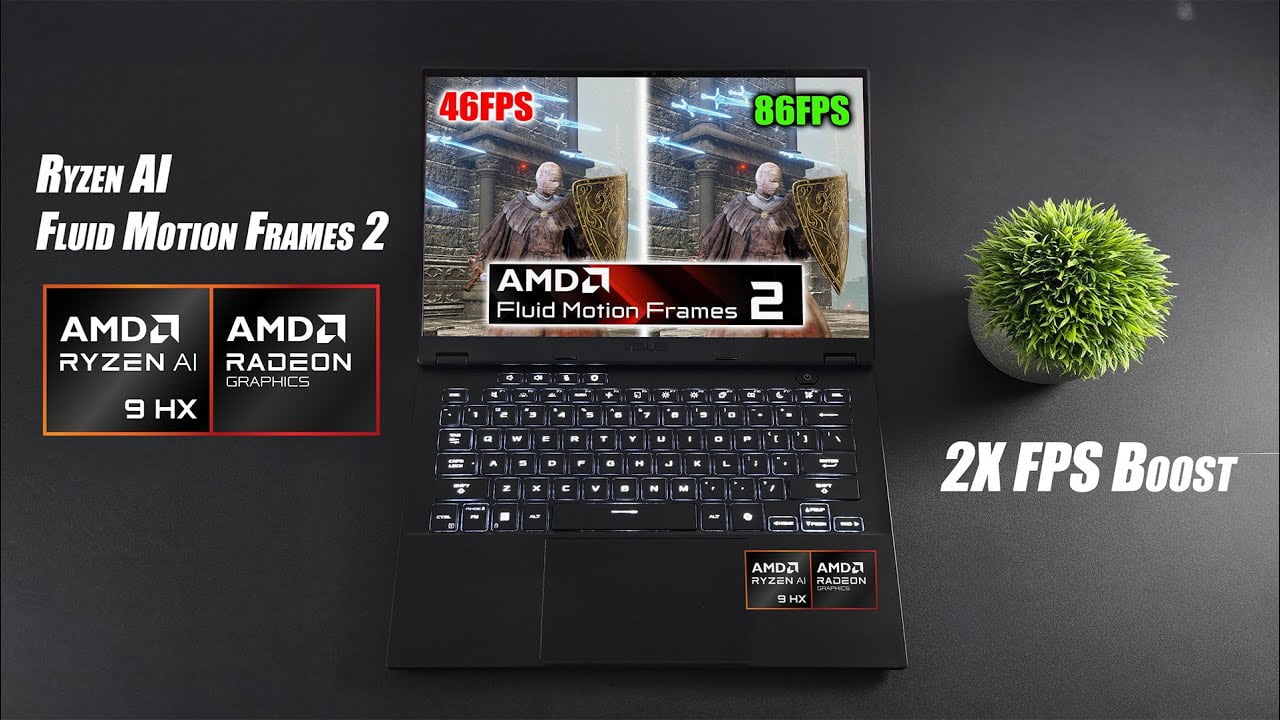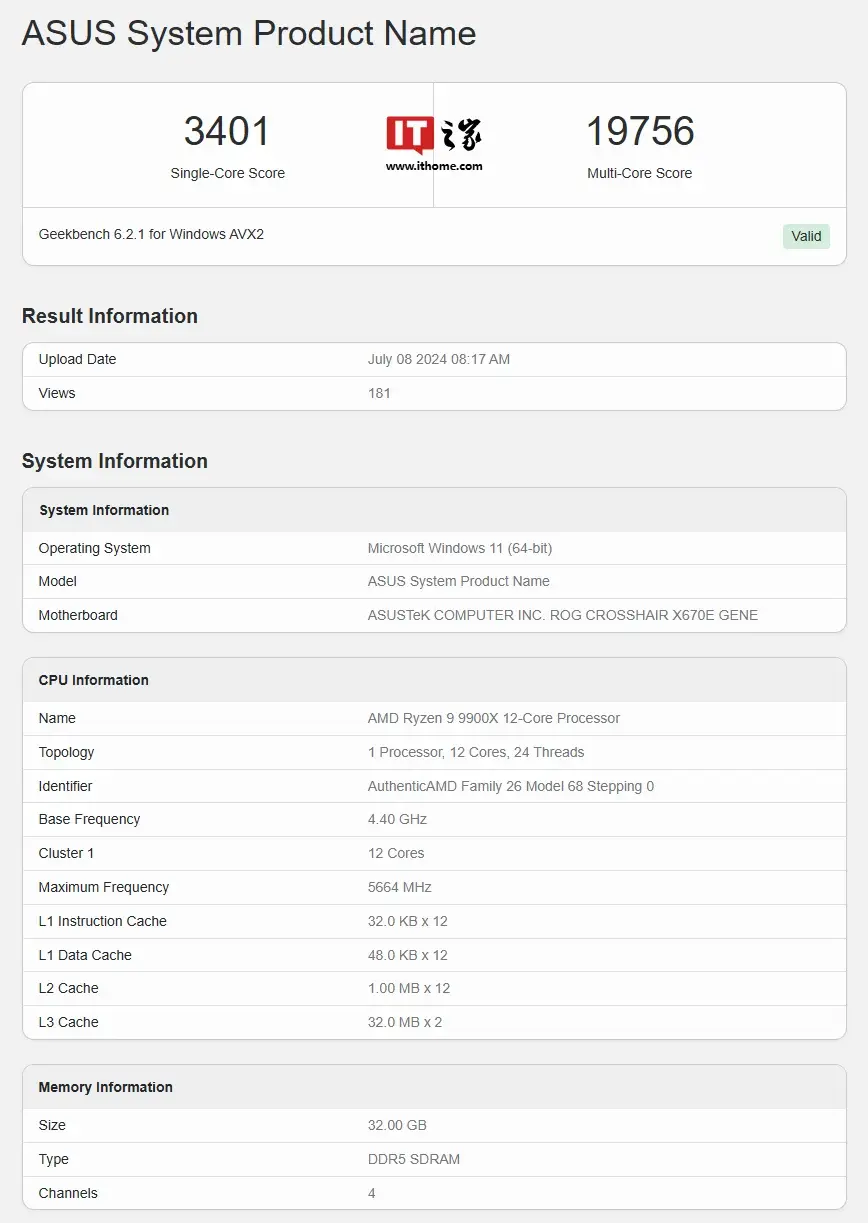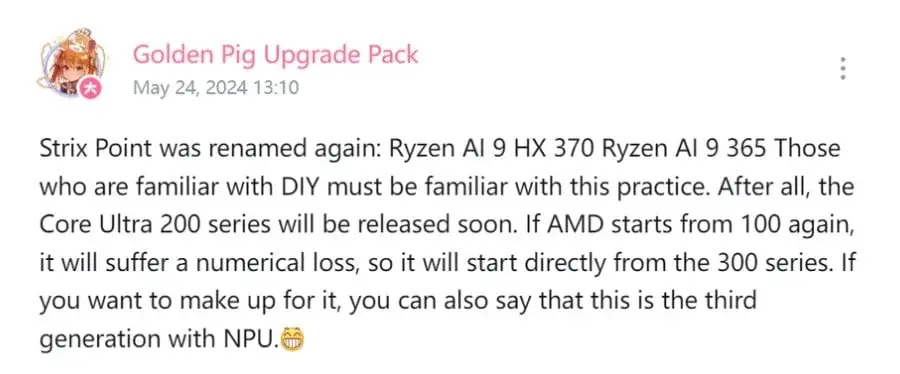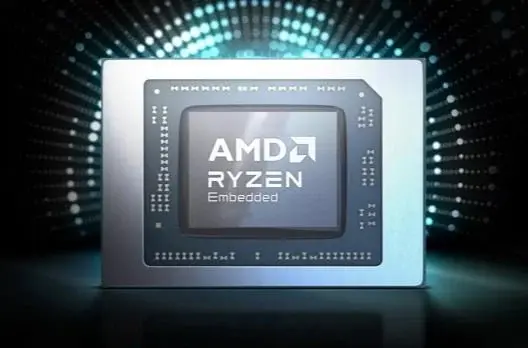Think of it like Marvel heroes teaming up in real life. Intel and AMD have revealed that they and several other partners are joining forces to create an x86 Ecosystem Advisory Group (EAG). Intel’s CEO Pat Gelsinger and AMD’s Dr. Lisa Su shared the stage at the Lenovo Tech World 2024 event in Bellevue, Washington to announce this exciting news.
The x86 Ecosystem Advisory Group
The establishment of this EAG is significant for the "most widely used computing architecture" as it responds to the growing competition from ARM and architectures like RISC-V. The group also includes notable companies such as Broadcom, Dell, Google, HP Enterprise, HP Inc., Lenovo, Meta, Microsoft, Oracle, and Red Hat, along with key figures like Tim Sweeney and Linus Torvalds.
"We are proud to stand with AMD," Gelsinger stated, emphasizing the evolution of the x86 architecture over the years. Dr. Su remarked that the EAG aims to "ensure that x86 keeps evolving as the preferred computing platform for developers and customers" and to "guide" future innovations concerning x86. A joint press release outlined some goals for the EAG:
A Timely Collaboration
This partnership comes at a crucial moment. ARM IP can be licensed by any chip manufacturer, while RISC-V has no loyalty requirements. Since only Intel and AMD can utilize x86, it’s essential for these semiconductor leaders to collaborate in promoting this instruction set architecture (ISA).
Intel has been exploring the concept of x86S, a streamlined version of x86 that is purely 64-bit and excludes any legacy 16-bit components. Shouldn’t it be named x64 instead? The terminology can be a bit misleading, much like the recent naming conventions for Intel and AMD CPUs, if you know what I mean.
The term 64-bit is essentially an extension or a part of the x86 architecture, which AMD refers to as AMD64 or x86_64 in Linux. AMD64 is the dominant 64-bit code today, which is why you’ll see many drivers and operating system files labeled with "amd64." Intel has its own Intel 64 (distinct from Itanium or IA-64), while Microsoft clearly separates x86 code from x64.
Standardizing the Nomenclature
Maybe the EAG could kick off by standardizing this confusing naming system and the various implementations of x86_64. We might also witness AMD and its partners enhancing x86S in the future.
While ARM-based chips like Apple’s M series and Qualcomm’s new Snapdragon X Elite series have demonstrated impressive performance-per-Watt efficiency and responsiveness similar to smartphones, x86 remains deeply embedded in global computing and is unlikely to fade away soon.
Despite the efficiency of Apple’s M series chips, both Intel and AMD have shown that x86 can deliver solid performance at lower power levels with their Lunar Lake and Ryzen Strix Point products, respectively. Intel even mentioned in a recent interview that it’s not the ISA that controls power consumption, but rather the transistors that increase with core counts.
From being each other’s second-source providers of x86 in the 1980s to engaging in legal battles and counterclaims for market dominance, to collaborating on the unsuccessful Kaby Lake-G CPUs in 2017, Intel and AMD’s competition has profoundly influenced the PC industry as we know it today.
It has taken a third entity to bring these semiconductor giants to collaborate. Exciting times are surely ahead.
Intel Press Release

